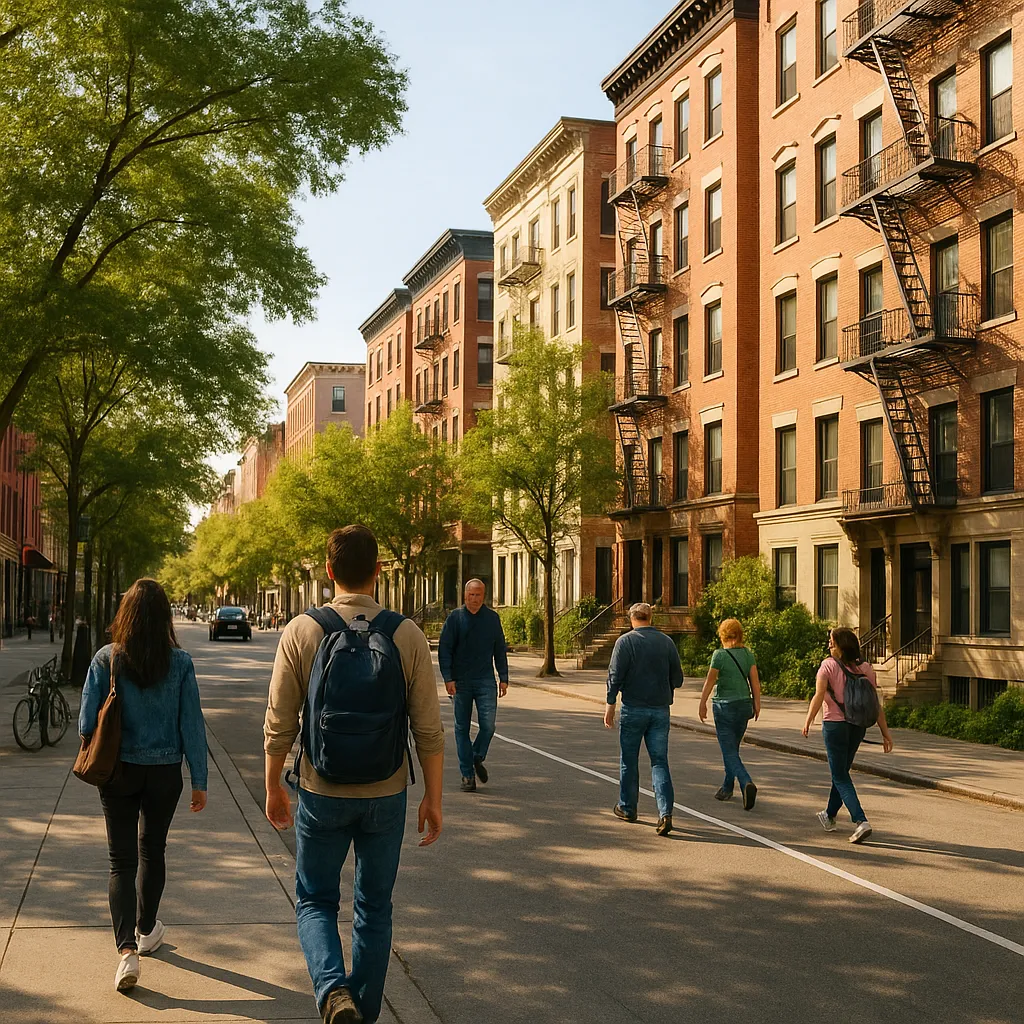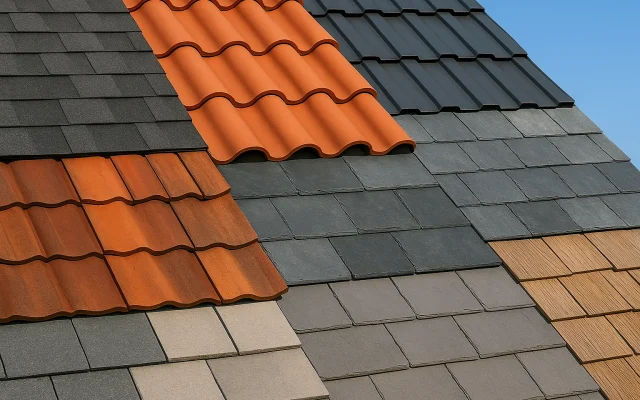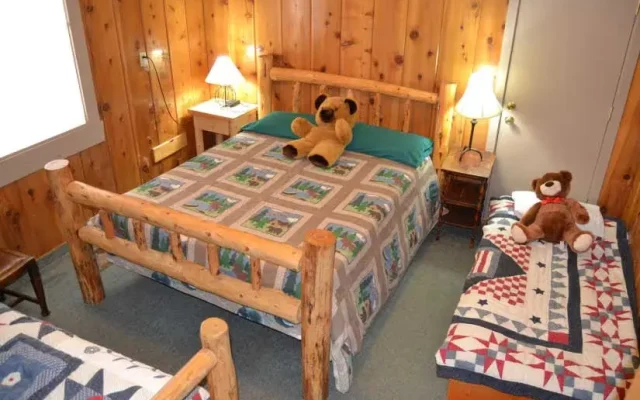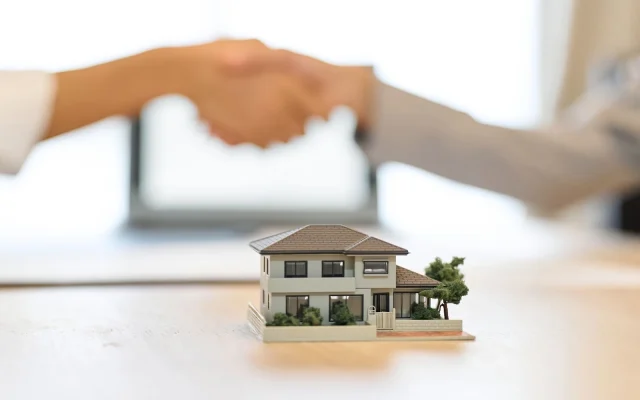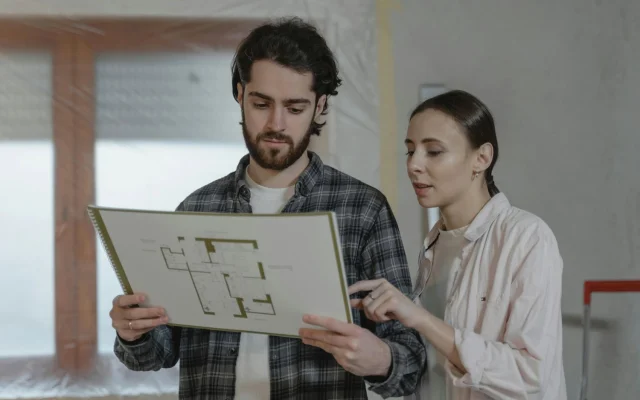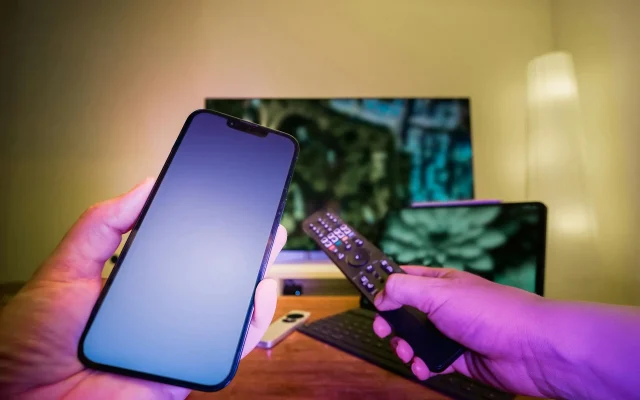Moving to a new city can feel like stepping into a story where you haven’t read the first few chapters yet. You might spend hours scrolling apartment listings, zooming around Google Street View, and browsing neighborhood guides online — and still end up unsure whether a place will feel right once you’re actually living there. For example, if you’re checking out the Bay Area, you might search for something like luggage storage San Francisco while you hop between neighborhoods to get a feel for the city before committing to a lease. Because the truth is: there’s only so much you can learn through screens, maps, and photos.
At the end of the day, neighborhoods have personalities, rhythms, and moods that you can only sense when you’re physically there. Some neighborhoods feel lively and energetic. Others feel laid-back and residential. Some feel welcoming and cozy; others feel busy and anonymous. And figuring out which environment supports the lifestyle you want is one of the most important parts of choosing where to live. That’s why doing a short, intentional neighborhood scouting trip before you move is one of the smartest decisions you can make.
This guide will show you exactly how to explore a city like a future resident — not a tourist. We’ll walk through how to plan your exploration, what to look for in different neighborhoods, how to evaluate daily-life conveniences, how to tour apartments effectively, and how to reflect on the feel of each area in a grounded, practical way. Whether you’re moving across the country or just one city over, this process can give you the clarity and confidence that no online guide can provide.
Why Exploring a City Before You Move Matters
You may have already done plenty of digital research — comparing rent prices, checking commute times, reading neighborhood reviews, and exploring attractions. But digital research can only show static snapshots of a place. It doesn’t reveal the living experience.
Online research can tell you:
- The average rent price
- The distance to work or school
- Local restaurant and attraction recommendations
But it cannot tell you:
- How safe you feel walking around
- Whether a neighborhood has a warm or distant vibe
- How noisy the streets are at night
- Whether grocery trips and errands are easy or frustrating
- What the air, traffic, and general pace of life are like
These details may seem small, but they shape every single day of your life once you move.
So instead of trying to guess what your life will be like, the neighborhood scouting approach lets you experience it in advance. It’s like test-driving your future lifestyle.
How to Plan Your Neighborhood Scouting Trip
The goal is to give yourself enough structure to explore efficiently without scheduling so tightly that you feel rushed or burned out. Think: lightly planned, loosely guided wandering.
Step 1: Choose the Right Time to Visit
Avoid special events, holiday weekends, or convention rushes. These can give you an inflated, crowded, or artificial view of a neighborhood.
Ideal times to visit:
- Regular weekdays (to observe commute flow)
- Sunny afternoons (to see outdoor usage)
- Weeknights (to check evening vibe)
- A typical Saturday (general weekend behavior)
Step 2: Narrow Down 2–4 Neighborhoods
More than that becomes overwhelming.
Consider:
- Commute distance
- Transit access
- Lifestyle compatibility (busy, artsy, peaceful, suburban, urban)
- Housing type availability (mid-rise apartments, historic homes, high-rises, duplexes)
Step 3: Make a Loose Exploration Plan
Opposite of a tourist checklist — you’re focusing on everyday-life touchpoints.
Your plan should include:
- Coffee shops
- Grocery stores
- Pharmacies
- Parks / outdoor seating areas
- Local streets (not just main roads)
- Several apartment viewing appointments
Step 4: Travel Light
Dragging a rolling suitcase across cobblestones or through busy sidewalks gets old fast.
If your Airbnb or hotel check-in is later in the day, or you’re switching neighborhoods mid-day, consider dropping your bags with a temporary luggage storage provider like Radical Storage. You can walk, sit in cafes, and tour apartments hands-free, which helps you stay present and observant — instead of distracted by baggage.
What to Look For When Exploring a Neighborhood
This is where the magic happens. You’re not sightseeing — you’re feeling out your future everyday life.
Observe the Streets and Walkability
Walk around slowly and notice:
- Are sidewalks smooth, wide, and well-maintained?
- Are crosswalks logical and safe?
- Do people walk, bike, or drive everywhere?
- Are there benches and public spaces to sit and relax?
Pay Attention to the Soundscape
Close your eyes for a few seconds occasionally.
Ask yourself:
- Do I hear traffic noise constantly?
- Are there bars or nightlife spots nearby?
- Is there construction going on?
- Is it peacefully quiet — or eerily quiet?
Noise affects sleep, relaxation, focus, and stress levels.
Check Out Everyday-Living Spots
These are more important than tourist attractions.
Stop inside:
- Grocery stores
- Pharmacies
- Hardware stores
- Corner bodegas
- Coffee shops
- Parks
Look for:
- Cleanliness
- Price ranges
- Crowds vs. emptiness
- How comfortable you feel there
You can learn a lot from a grocery store:
- The variety of international or dietary-specific products
- Price range compared to your budget
- Whether customers and staff seem rushed or relaxed
Watch the People
Not in a judgmental way — but in a “Do I vibe with this energy?” way.
Do locals:
- nod and smile?
- seem stressed?
- move quickly or slowly?
- spend time outdoors or at cafes?
- walk dogs? jog? push strollers? sit and read?
This shows you who your neighbors might be and the pace of daily life.
Touring Apartments Like a Future Resident
Apartment tours can be overwhelming. After the third unit, they all start blending together unless you know what to pay attention to.
When Touring, Examine:
| Feature | Why It Matters | How to Check |
| Natural Light | Mood, comfort, heating costs | Turn off lights to see real daylight |
| Noise Levels | Sleep quality + peace | Stand still and listen in the bedroom and bathroom |
| Water Pressure | Daily comfort | Turn on shower + faucets |
| Hallways + Common Areas | Building maintenance priorities | Look for paint chipping, odors, lighting |
| Cell Phone Service | Work + communication | Test in multiple rooms |
Ask the Leasing Agent Things That Actually Matter
- What is the typical noise level at night and on weekends?
- What’s the policy on package handling and mail delivery?
- How quickly can maintenance respond to non-urgent issues?
- Are utility costs averaged or individual?
Take Notes Immediately After Each Tour
Even a quick 60-second reflection will save you later.
Try a simple scoring method:
| Rating Category | Score (1–5) | Notes |
| Neighborhood Feel | ||
| Natural Light | ||
| Noise Level | ||
| Building Condition | ||
| Convenience of Location | ||
| Overall Impression |
Your gut will usually show in the notes.
Living in the Neighborhood for a Few Hours
After touring, don’t rush off.
Pretend You Already Live There
Do “normal life” things.
- Sit in a coffee shop for 30–60 minutes.
- Walk without a destination.
- Browse a grocery store aisle and look at product variety.
- Sit at a park bench and watch movement patterns.
- Notice whether you feel relaxed — or tense.
This is where the emotional fit becomes visible.
If you’re switching to another neighborhood later in the day, consider dropping your luggage again so you can explore comfortably. Radical Storage has storefront and business-partnered locations in many major cities, making it easy to free your hands while exploring.
Transportation: The Invisible Force That Shapes Daily Life
Even if a neighborhood checks every box, a bad commute can ruin your experience.
Test Your Future Commute
Do the commute at the exact time you’d actually be traveling.
Try:
- Driving (measure traffic)
- Public transit (track delays)
- Biking or walking (safety + comfort factors)
Evaluate Errand Convenience
Time grocery runs, pharmacy stops, gas refills, gym trips.
Daily friction adds up — either as stress or ease.
If You’ll Have a Car
Check:
- Permit requirements
- Street parking availability
- Garage cleanliness and lighting
- Guest parking rules
Parking frustration is real — and affects daily life.
Safety and Comfort: More Than Crime Statistics
Safety isn’t just crime numbers — it’s atmospheric cues.
Observe:
- Lighting after sunset
- Window curtains vs. open blinds (signals resident comfort levels)
- The presence of joggers or dog walkers after dark
- General upkeep of public space
Light Research Helps, Too
Check:
- City or county public safety dashboards
- Local neighborhood watch or community Facebook groups
- Reddit threads from residents
But remember: statistics require interpretation — how you feel matters too.
A Two-Day Neighborhood Scouting Schedule
Here’s a simple repeatable structure:
Day 1 — Neighborhood A
| Time | Activity |
| 9:00 AM | Coffee + slow neighborhood walk |
| 10:30 AM | Apartment tour #1 |
| 12:00 PM | Lunch at a local casual restaurant |
| 1:30 PM | Grocery + pharmacy walkthrough |
| 3:00 PM | Apartment tour #2 |
| 4:30 PM | Rest in park, observe street life |
| 6:30 PM | Dinner in the neighborhood |
| 8:00 PM | Walk again to observe evening vibe |
Day 2 — Neighborhood B
Follow the same routine — your comparison points will reveal themselves clearly.
If Your Arrival and Move-In Dates Don’t Line Up
Sometimes your lease starts later than when you arrive — or your hotel checkout is early before your flight home.
In that case, using temporary luggage storage is extremely helpful. Services like Radical Storage can hold your bags securely so you can spend your final hours exploring, eating, or running errands — not babysitting suitcases in a lobby.
Reflecting and Deciding
After your trip, ask yourself:
- Where did I feel the most relaxed?
- Which neighborhood supported my daily routines the best?
- Could I picture myself doing nothing here — just existing peacefully?
- Did the apartment feel like somewhere I could rest, not just sleep?
Your intuition will likely already know.
Write your reflections while they are still fresh.
Final Thoughts
Exploring a city before moving isn’t about checking boxes — it’s about finding the environment that lets you feel at home. It’s the difference between adapting to a place and flowing with it. Between tolerating your surroundings and enjoying them. Between just living and living comfortably.
When you walk into the right neighborhood, something inside you will settle. Your shoulders drop. Your breathing slows. You think, Yes. I can do life here.
Take that feeling seriously.
Because where you live shapes how you live.
Frequently Asked Questions (FAQs)
A weekend is often enough to get a solid feel for neighborhoods, but a 3–5 day trip provides even deeper insight. The key is exploring intentionally rather than sightseeing.
Focus on walkability, noise levels, errands convenience, and how the area feels during daily routines like mornings and evenings.
Touring at least a few apartments helps you understand local rental quality, pricing, building conditions, and unit availability.
Aim for 2–4 neighborhoods. Too many can overwhelm your impressions and make decision-making harder.
Check mornings, afternoons, and evenings because the energy and noise levels can change dramatically throughout the day.
Walk around at different times of day and trust how your body feels. Also check local crime maps and community pages for added context.
Not necessarily. Walking or using transit can actually give you a more realistic feel for daily life in the neighborhood.
Yes, if you feel comfortable. Quick chats with baristas or shop owners can give you genuine insights into the area’s lifestyle.
Consider using temporary luggage storage, such as services that let you drop bags so you can explore hands-free and comfortably.
Keep a simple notes or scoring sheet for each apartment so they don’t blend together — your memory will thank you later.
Sign up for availability alerts with leasing offices and be ready with documents so you can act quickly when something opens up.

